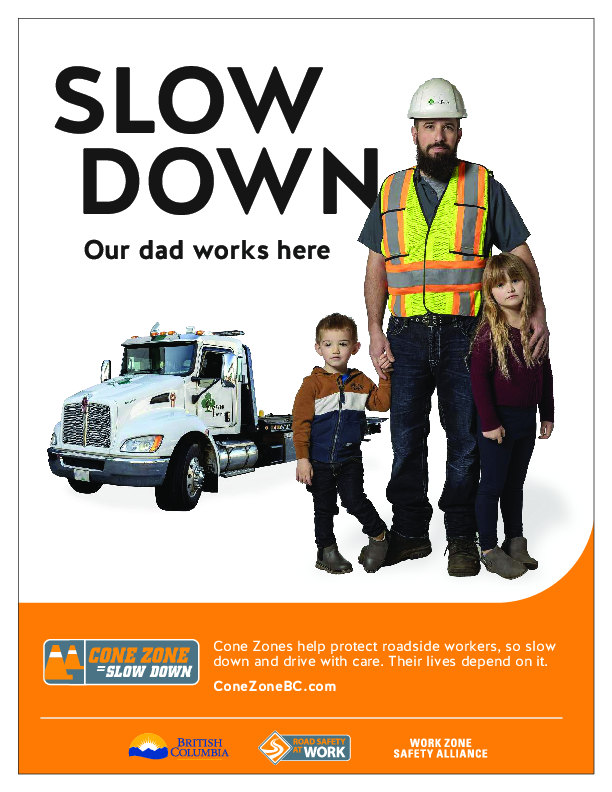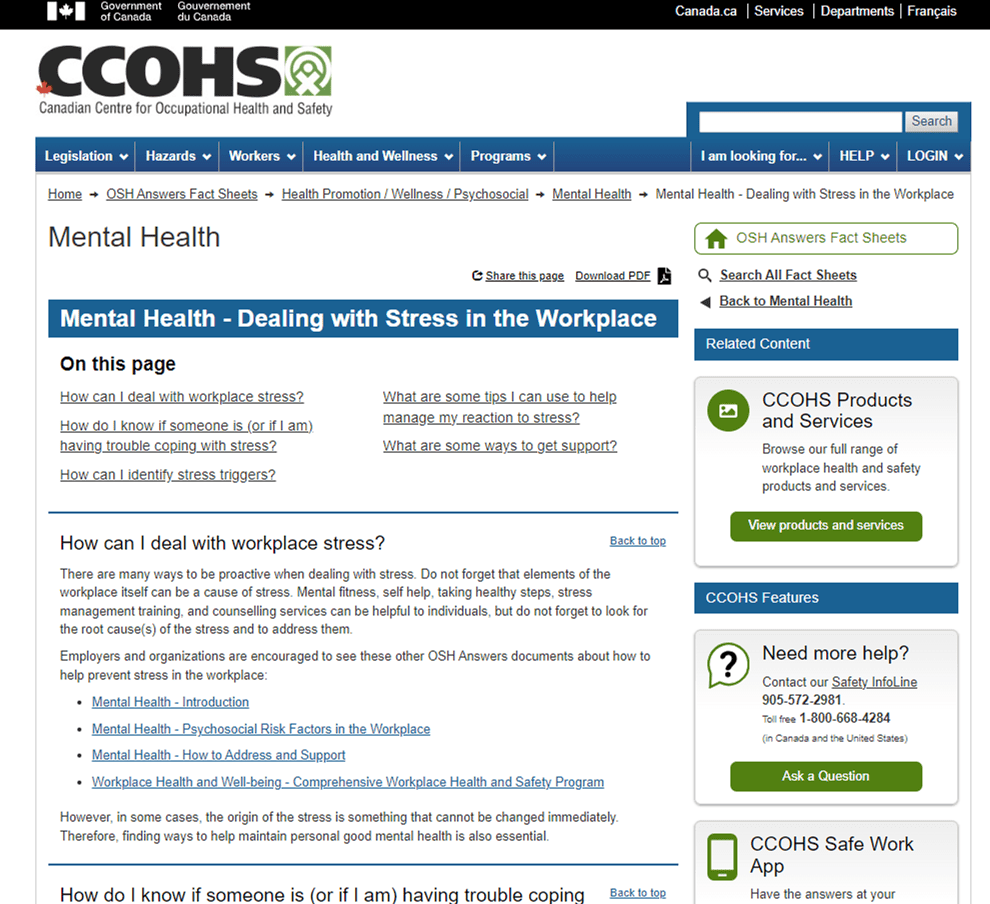
How to Balance the Rest of Workplace Safety with COVID-19
Chelsea, a WorkSafeBC prevention officer, gives tips to employers who are maintaining workplace safety systems along with integrating COVID-19 safety plans.
Understandably, B.C. employers are concentrating on their COVID-19 safety plans. But they still need to manage all the other safety risks in their workplaces.
“Because we are all so focused on COVID, employers may not be taking enough time to ensure their safety systems are functioning as intended,” says Chelsea Wilson, a WorkSafeBC occupational safety officer in Prince George, B.C.
As a safety officer, Chelsea inspects worksites and responds to employers’ requests for help. She says, “We don’t just do inspections and enforce the OHS Regulation — though, of course, we have to do that part. But our main goal is to educate employers and help them through their challenges.”
Chelsea advises employers to use a structured process for managing changes to the workplace prompted by the provincial health orders. An example of one such change — to occupational first aid protocols — is the subject of one of my previous posts, What’s different about first aid in the time of COVID-19?
“An employer needs to get the joint health and safety committee involved in the management of change,” Chelsea says. “You run the risk of missing things if you’re not involving the workers, and the safety committee is a representation of those workers.”
Supporting workers during COVID-19
With all the uncertainty related to COVID-19, workers may find themselves more easily distracted at work.
“These distractions can often come from fatigue, mental stress, or personal problems all coming up in the workplace,” Chelsea says. “Employers need to find ways to connect with workers under the COVID-19 restrictions. They need to help build trust and communication between workers and supervisors so the distractions are managed and reduced.”
Supervisors should monitor and support workers to ensure they:
– Perform all steps in a safe work procedure
– Understand their roles in workplace inspections
– Wear PPE not necessarily related to the pandemic
– Do full preventive maintenance on equipment as required
– Follow up with supervisors or co-workers on changes to workplace processes
Chelsea urges employers to reach out to their local WorkSafeBC safety officer if they need help, especially during this pandemic. She says, “We’re all in this together and we’re all learning. I have employers who just call me and say, “Look, I’m not sure where to go with this. Am I doing this properly? I need some support.”
For more information on how COVID-19 safety has affected employers around the world, see this EHSToday article Refocusing Attention on Safety: A Call to Action.
See WorkSafeBC’s COVID-19 information and resources, updated regularly based on guidance from B.C.’s public health officials. Employers in need of support can contact WorkSafeBC’s Prevention Information Line.
Visit our dedicated COVID-19 page for industry specific resources (scroll down), like Safe Work Procedures, Templates and Form and more!
Latest Resources
Cone Zone – Roadside Workers
Road Safety at WorkPlease slow down and pay attention in all roadside work zones. It’s the law Do you ...
Mental Health – Dealing with Stress in the Workplace
Canadian Centre for Occupational Health and Safety (CCOHS)Visit the Canadian Centre for Occupational Health and Safety (CCOHS) website for reso ...

